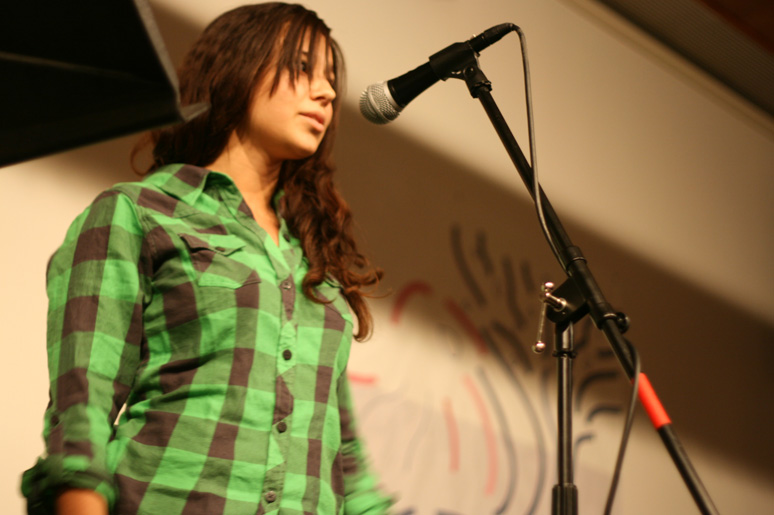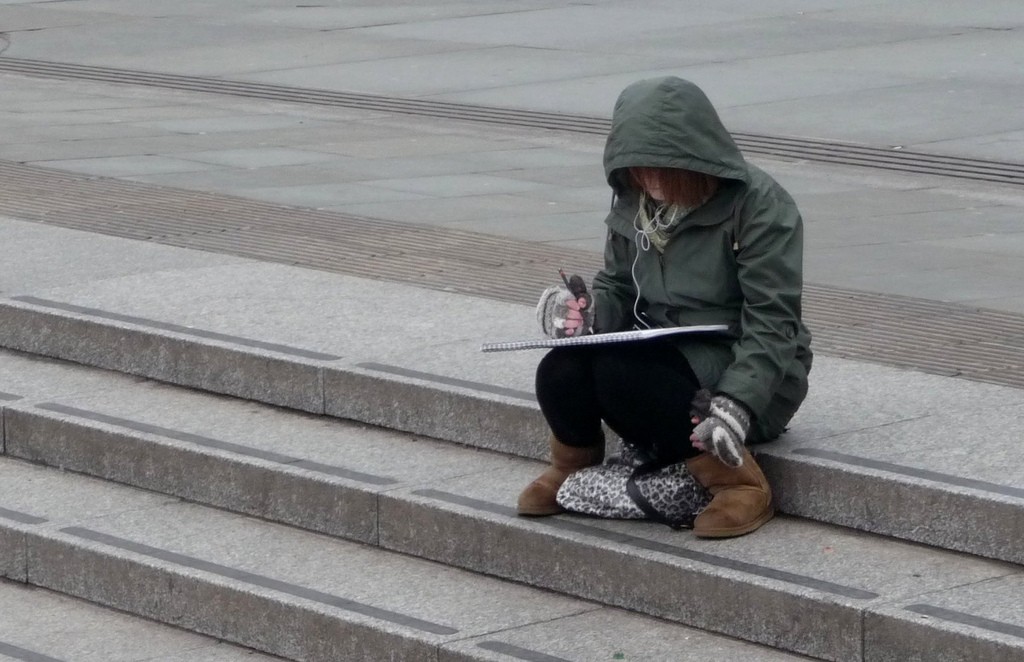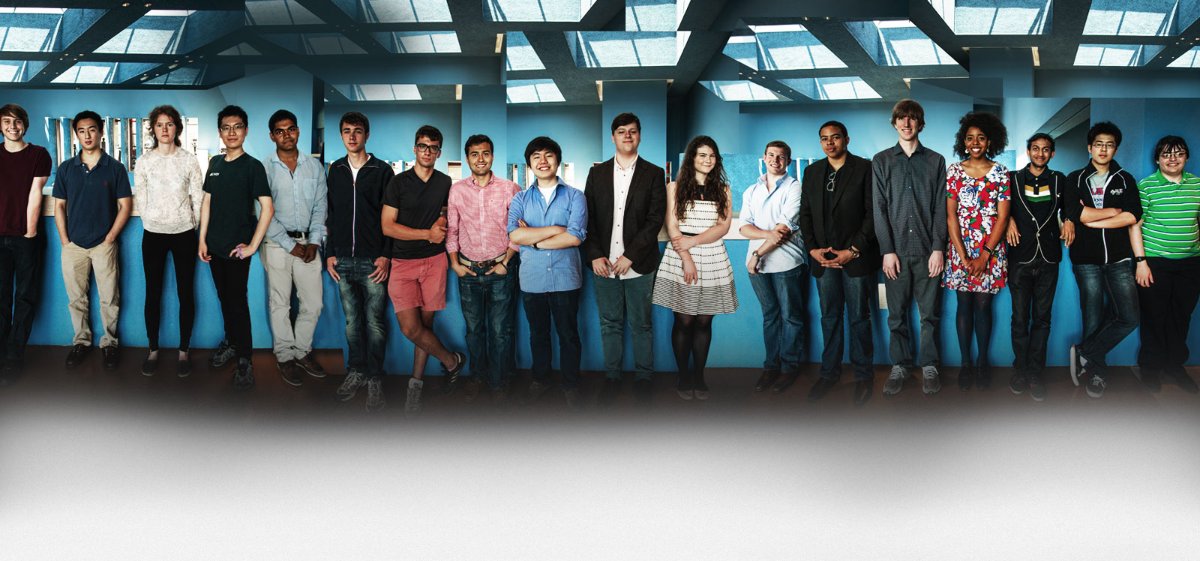Take a minute and picture a world in which every adult on the planet is a full-time, professional artist. Arts funding and education are abundant and folks spend their days in the studios, galleries, stages, pages, screens, and streets creating in collaborative groups or in Zen-like isolation. Would that be a good world to live in? To some readers, it probably sounds utopian. But spend a little more time with that vision, and dilemmas quickly arise.
Who will take care of these artist-citizens when they get sick or injured? Who will grow food and repair buildings? Who will mediate disputes? Perhaps in a radical shift toward interdisciplinary living, these functions will be considered new artforms. Perhaps the growth of artificial intelligence will, in fact, have rendered these functions obsolete, freeing people to focus on artistic pursuits if they wanted. In our 21st century reality, though, not everyone who envisions an arts career can follow through on that dream. The option to make one’s living as a pro artist is bestowed upon a small portion of the people who desire it.
Which begs the question: who should those people be?
As we at Createquity perceive it, they should be the artists whose work offers the greatest benefit to others. That can mean engaging an unusually large audience. It can mean winning disproportionate respect from experts. It can mean adding something unique to the cultural diet of humanity. Or it can mean improving lives in other concrete and meaningful ways.
Those criteria should have little, if anything, to do with an artist’s family tax bracket. And yet we see troubling signs that socioeconomic status does correlate with access to a professional arts career. Logically, it makes sense: if an occupation is attractive but probably low-paying, and then there are socioeconomic inequalities in the road to becoming a professional, inevitably that line of work would beckon more people from affluent backgrounds.
Empirically, reliable data is hard to come by, but what we have found tends to support the suspicion. One U.K. study finds that artists there are predominantly middle class, and a U.S. report declared that average household income during the childhood of artists (in 1979) was the same as those who went on to become chief executives, general managers, and engineers—above the 60th percentile of family income. Our own analysis of the 2008 Survey of Public Participation in the Arts via the National Archive of Data on Arts & Culture reveals that professionals in “Arts, design, entertainment, sports, and media occupations” were about 60% more likely than average to have a father who attended at least some college (55.9% vs. 34.5%), and 70% more likely to have a mother who attended college (55.9% vs. 32.6%). That is the most extreme skew of any of 23 occupation categories for mother’s education; for fathers, it’s exceeded only by mathematics and computer science occupations.
What’s behind these trends? Last month, our article on The BFA’s Dance with Inequality explored whether the cost of an arts agree poses a barrier to individuals in the U.S. from financially disadvantaged backgrounds who may otherwise wish to pursue a career in the arts. The short answer is that it doesn’t – in fact, the vast majority of working artists in this country do not have arts degrees, although the importance of such a credential to an arts career does vary widely by artistic discipline and goals.
What about risk? Could poorer individuals be shying away from becoming artists because of what might happen if it doesn’t work out? Are the risks associated with an arts career disproportionately discouraging to economically disadvantaged individuals? Are there other sectors we can learn from?
Here’s what we do know about pursuing a career in the arts.
- The notion of “the day job” is very real. Artists tend to have other work to draw from to earn income. The day-job phenomenon is especially true for artists who support single-income households. For example, Australian artists who don’t rely on the income from a partner spend more time on non-arts work.
- Many artists are making backup plans. Although artists are possibly go-getters by getting out into the field sooner than other professionals (with fewer total years of education), nearly half of them in the U.S., according to BFAMFAPhD’s “Artists Report Back,” built a safety net by majoring in another subject. Arts students also pick up more minors and teaching certificates as part of their “backup” planning – one way to try to minimize the risk inherent in their choices.
- The artist’s path is fraught with risk. The professional arts career has a long gestation period with high opportunity costs. Artists face greater variability in their earnings than those working in other fields and are five times more likely to be self-employed. Some have hypothesized that this nature of the arts draws more risk-seeking individuals than the general labor market.
Inequality Across Sister Sectors
In many ways, artists have a lot in common with tech entrepreneurs. The early (and sometimes not so early) stages of their careers could be likened to the startup phase of companies, in which Mark Zuckerberg hopefuls pull ramen-fueled all-nighters for uncertain, uneven remuneration. Working artists interact with labor markets in ways that could be compared to small firms. The two fields have common controversies: for tech entrepreneurs the necessity of a college degree has likewise been called into question. There’s even a debt-free, direct path for emerging tech stars from all types of socioeconomic backgrounds. A prime example is the Thiel Fellowship; following in the footsteps of other dropouts such as Bill Gates, young tech entrepreneurs are receiving $100,000 if they leave or put off college to pursue their own Thiel projects.
Unfortunately, in both fields, the risks involved in developing a career seemingly correlate with the underrepresentation of low-SES professionals. According to one U.S. survey, entrepreneurs skew toward affluence; by another account, tech entrepreneurs come mostly from middle-class backgrounds. The Global Entrepreneurship Monitor found that “more than 80% of funding for new enterprises comes from personal savings, family and friends.”
We don’t know whether tech entrepreneurs try to mitigate the risks of their careers, but it seems like artists do. A question lingers: if artists can and do create backup plans and hold day jobs to lower their personal risk, how do we explain why aren’t there more low-SES professional artists? Perhaps it’s related to social and human capital. In order to be successful, artists need to be able to commit uncompensated time to a passion project, particularly over an extended period. They need to spend thousands of hours in training/practice, which are thousands of hours that they’re not earning a living.
No matter what entrepreneurial capacities we teach, push and support to prepare emerging artists for this uncertain economy, a person’s financial circumstances could matter quite a bit. Resources depend, at least partly, on a stable asset base, and the limited resources of low-SES populations might impact their ability to grow their new businesses and arts careers, demanding greater risk-taking. The National Bureau of Economic Research recently provided indications that risk tolerance relates much more to circumstances (behavior in relationship to environment) than to personality, pointing to evidence that individuals from poorer backgrounds have lower risk tolerance.
Risking It All, for What?
Like tech entrepreneurship, the arts are among the world’s “winner-take-all” industries; with the exception of a handful of superstars, most of the pack will struggle mightily toward public acclaim and financial stability. The risk artists face, though, is on another level: even when successful in establishing a career at all, they experience the biggest drop between income during childhood and income during adulthood among the 31 careers in the National Longitudinal Survey. Researcher Pierre-Michel Menger reports in the 1999 Annual Review of Sociology that “the skewed distribution of artists income is strongly biased to the lower end of the range.” In Canada, arts managers, directors, coordinators and government cultural workers have higher and rising salaries compared to the art-makers themselves, who in the U.S. are more likely than non-artist and technical professionals to live below the poverty line (6.9 percent vs. 4.2 percent according to data from the 2000 US Census).
Is it just the dream of fame and fortune that compels aspiring artists to take such gambles? Or is it expression and societal contribution? Financial benefit, interestingly, does not appear to be much of a motivator for good work. According to Menger, professional artists feel “zero or negative correlation between effort and earnings.” In a recent London study of cultural industry professionals, 88% reported that they have worked for free; individuals from low-SES backgrounds may not always have that luxury. Indeed, risk aversion might be a reason less affluent individuals in the United Kingdom are more likely to participate in the arts informally.
Looking Ahead
While we have yet to find solid evidence that risk dissuades individuals from economically disadvantaged backgrounds from pursuing arts careers, we know that if the arts and entrepreneurship remain enclaves for the privileged, we will all be the poorer for it. As much as our cultural and technological palettes have been enhanced by the likes of Nina Simone, Mark Rothko, Steve Jobs, J.K. Rowling, and Hamilton‘s Anthony Ramos, they shouldn’t be the exception that proves the rule.
One potentially promising area of investigation would be to examine alternate systems that could better support such professionals by decoupling success from an inequitable distribution of risk. Do we need more targeted support for less affluent artists? Germany, France, and Holland have been experimenting with social welfare programs for artists. The government of Sweden is offering lifetime pensions. With a more equitable socioeconomic grounding, the issue of risk for artists (as well as for tech entrepreneurs) might become moot. In our final article of this current series, we’ll explore that topic in greater depth.
In the latest Createquity podcast series, Createquity and Fractured Atlas team members illuminate the major factors that contribute to artists (or prevent artists from) establishing successful careers. We also focus on some of the tools Fractured Atlas has developed to support artists, with the larger goal of helping create a more navigable and equitable ecosystem for professional artists.
Cover image: “Semana Alagoana de Hip Hop,” courtesy of Coletivo Popfuzz via Flickr Creative Commons license.



